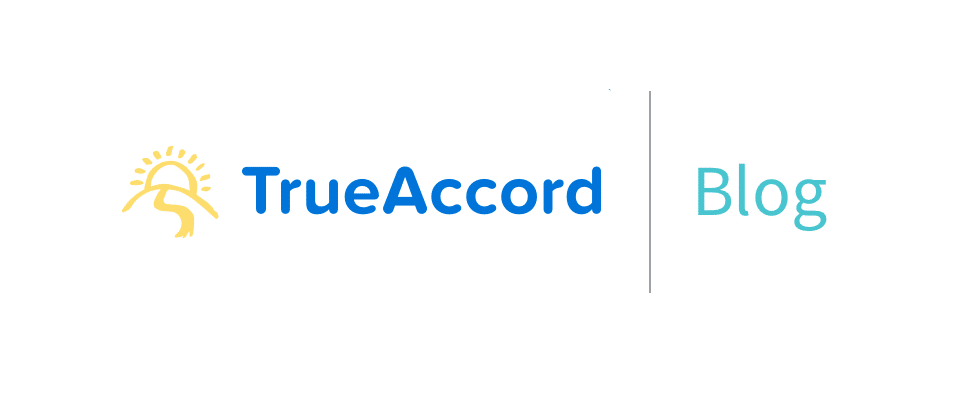

The US economy has taken a turn for the better in the past year. Unemployment has plummeted, the Federal Reserve is raising rates, and the stock market is soaring. However, for the past two quarters, several issuers reported an increase in charge off rates. While banks may be changing their underwriting standards to encourage growth, there is another contributing factor: a fundamental shift in the way consumers live and work, one that the credit card industry has failed to adjust to.
2008-2009 was a turning point for the US economy. Millions of jobs were lost across all industries, without much hope of recovery. College grads joined a crippled job market, and felt like they needed to “hustle” and find alternative means to sustain themselves. Uber, founded in 2009, created an opportunity as standard-bearer of the gig economy and many others have followed suit. At the same time, social media became prevalent as Facebook went international in 2007. These processes created new consumers – the millennial cohort. Millennials are on the move, working several unsteady jobs, managing their own time and relying heavily on social media and digital communications. They use traditional financial solutions like credit cards, but the dominance of mobile and digital in their life is driving their preferences for communications and interactions with people and businesses. However, if they default, they are effectively sent back to the stone age, where in time to a world that knows nothing about them, and does little to service them effectively. When a system that “always worked” faces a new type of consumer behavior, it breaks – and leads to increased defaults and losses.
Consumers expect a better user experience – even in collections
As digital, always connected users, millennials expect their bank – or the bank’s collection vendor – to fit their lifestyle and preferences. Unfortunately, the debt collection and recovery industry hasn’t changed in decades. There has been little investment in moving away from phone calls and letters to a more digital and technology driven process, that can deliver a better user experience for those in debt.
Contact through digital channels is table stakes for the digital consumer. Many have never visited a bank branch and most will not answer a call from an unidentified number, or respond to a letter. According to Accenture’s “Banking Customer 2020”, 58% of consumers use their mobile device when seeking support from their bank, 53% report going to their online banking center at least once per year to sort an issue; 78% report doing so to make a payment. More than half of the population has adopted digital channels to manage their lives, and will not respond to cold calls and letters in nondescript white envelopes. Call center-based collection approaches fail to get these consumers on the phone, and debts make their way to charge off without any meaningful engagement from the consumer.
Once contacted, millennials expect clear communications. The common disclosures used in debt collection, for example, feel onerous and obscure – causing them to disengage (the CFPB recognized that and is planning a survey regarding disclosures). The dispute process, asking for more information about their debt, is onerous and slow. Consumers need, and deserve, communication that drives them to action rather than intimidates and coerces them. Collectors are pressured to cold call and create instant rapport with unwilling debtors – and they are failing this task in growing numbers.
Finally, consumers need flexible payment options that fit their work schedules. As Robert Reich notes, while 1099 workers may make slightly higher hourly salary when working, their hours are irregular and difficult to schedule. This means irregular paychecks that can vary in size and resulting disposable income. A consumer might be able to pay $100 this pay period, $150 next time and only $50 the following one. Traditional approaches fail to adjust to these realities, focusing on steady payment plans that these consumers cannot always keep up with.